Nail Filing
John Williams once told me that you can never learn anything by looking at another guitarists nails, and I think perhaps he is right. There are, however, some guidelines which I would like to pass along regarding how I personally file my fingernails. It is important in the broadest sense to file your nails so that you can do two things: 1) produce a wide variety of tonal colors and 2) traverse the string as quickly and easily as possible.
As a general rule, it is important for me to file the nails of all the fingers (pima) so that they cross the string with the same amount of effort (or resistance to the string). I have found there is no perfect shape for my nails. They seem to play well in a variety of shapes and lengths. Far more important is the interaction or relationship of the nails to each other. Thus, the length and shape of one nail can affect another. This interdependence may be further complicated by the wearing down of nails caused by performance or heavy practice.
The length of nails for most players varies from barely visible over the fingertip to 1/8 long. Generally speaking, the shorter the nail, the faster you can play (but accompanied with it is a pad-like thuddy tone). Longer nails (depending on your stroke) can produce perhaps a more beautiful tone but may possibly slow your ability to play rapidly. Also, when the nail gets too long, the sound becomes somewhat tinny and brittle and also produces extraneous clicks which you want to avoid. In general, though, I would rather my nails be a touch too long than too short. Nails can feel shorter in concert due to the warm temperature created by intense stage lighting (which causes your fingers to swell). Fingernails can also wear down with hard practice.
When I am filing my nails in preparation for a full concert program, I file them (with guitar in hand) in response to the most difficult runs, arpeggios, or other challenging sections of pieces on the program. I strive to achieve a workable compromise between all the difficult areas. (I do not suggest, however, reshaping your nails on the day of a performance nor experimenting with a different nail shape too close to a concert day.)
To file my nails I most often use an Alpha9  nail file which has a variety of surfaces. Diamond Deb
nail file which has a variety of surfaces. Diamond Deb  and Revlon
and Revlon  files are also good, provided that you temper the coarseness of a new file. The nail shape is determined mainly by how far the nail should ride on the string from its point of contact to the point of release. These are arbitrary points, however, and will change depending on the type of stroke involved. Some guitarists feel that a momentary catch in the corner of the nail followed by a quick release is most desirable for speed, and I agree. When I began to play the guitar at age eleven, I filed my nails based on how I felt they should look. I now file them more according to feel and sound. I usually take off less nail rather than more, making small corrections as needed. In fact, my nails usually feel better after they have been worn in slightly by playing.
files are also good, provided that you temper the coarseness of a new file. The nail shape is determined mainly by how far the nail should ride on the string from its point of contact to the point of release. These are arbitrary points, however, and will change depending on the type of stroke involved. Some guitarists feel that a momentary catch in the corner of the nail followed by a quick release is most desirable for speed, and I agree. When I began to play the guitar at age eleven, I filed my nails based on how I felt they should look. I now file them more according to feel and sound. I usually take off less nail rather than more, making small corrections as needed. In fact, my nails usually feel better after they have been worn in slightly by playing.
After I achieve the basic nail shape, I must polish the edge of the nail with finishing paper to avoid a raspy sound. To create this smooth nail edge, I use 3M #500 Tri-M-ite  Fre-Cut (open coat) sandpaper. It is important to polish the nail in a manner which preserves the thickness of the nail and avoids a knife-like edge. ()
Fre-Cut (open coat) sandpaper. It is important to polish the nail in a manner which preserves the thickness of the nail and avoids a knife-like edge. ()
Incorrect knife-like edge.
The finishing paper is also good for making slight modifications and can shorten a nail without significantly altering the worn in shape. I will also frequently make very small corrections using one of the bass strings as a file against the section of the nail that needs modification. Sometimes I will play the fingernail against the paper as it is folded over the file or part of the guitar for the same purpose.
Another principle is for me to have a flat surface to the nail edge. That is, the nail should be able to sit evenly on the plane of the nail file without uneven ridges and no hook shape to the nail. ()
The nail should sit evenly on the file.
Because my nails are very arched in shape, I file them slightly biased to the left-hand side in order to reduce some of the natural curve. This reduces the riding time on the string. Guitarists with hooked nails will need to file more off in the curved areas to help create a flat edge.
I use nail enamel on the p, i, m, and a fingers (generally three coats) to protect them from wear, especially from rasgueados. However, it is essential to remove any enamel from the final  of the nail edge with nail polish remover so it does not affect the sound.
of the nail edge with nail polish remover so it does not affect the sound.
When a nail splits or cracks, nail glue (Super Glue  ) may be used for a quick repair. However, I have found more strength with the combination of nail glue and a double silk wrap over the entire top of the nail followed by a coat of enamel (such as Hard-As-Nails
) may be used for a quick repair. However, I have found more strength with the combination of nail glue and a double silk wrap over the entire top of the nail followed by a coat of enamel (such as Hard-As-Nails  ). I find that it does not hurt the sound, nor is it a problem in nail growth or filing. It is also cosmetically unnoticeable. Acrylic nails or Players Nails
). I find that it does not hurt the sound, nor is it a problem in nail growth or filing. It is also cosmetically unnoticeable. Acrylic nails or Players Nails 


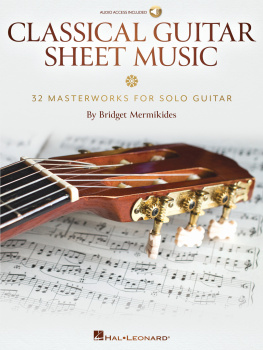
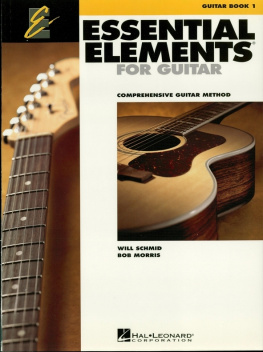
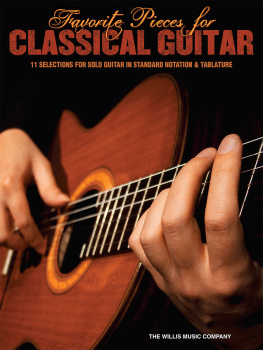

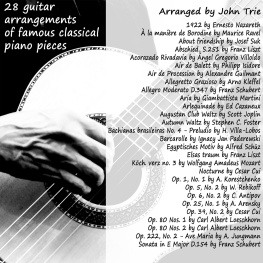


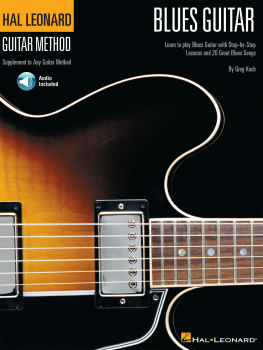


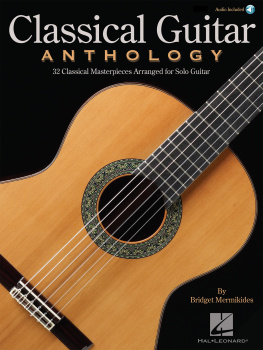


 nail file which has a variety of surfaces. Diamond Deb
nail file which has a variety of surfaces. Diamond Deb 


 of the nail edge with nail polish remover so it does not affect the sound.
of the nail edge with nail polish remover so it does not affect the sound.